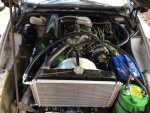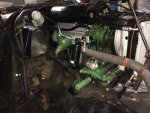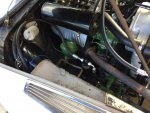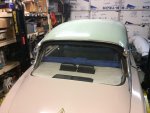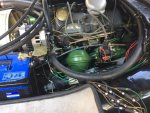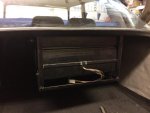I hope the car moves as it should.
I imagine you mean 5mm.
Roger
I imagine you mean 5mm.
Roger

... Took the gas tank to the local Reddi-Strip. Estimate is $150 to clean the tank. According to the owner "we hate doing gas tanks, especially when they smell this bad."
